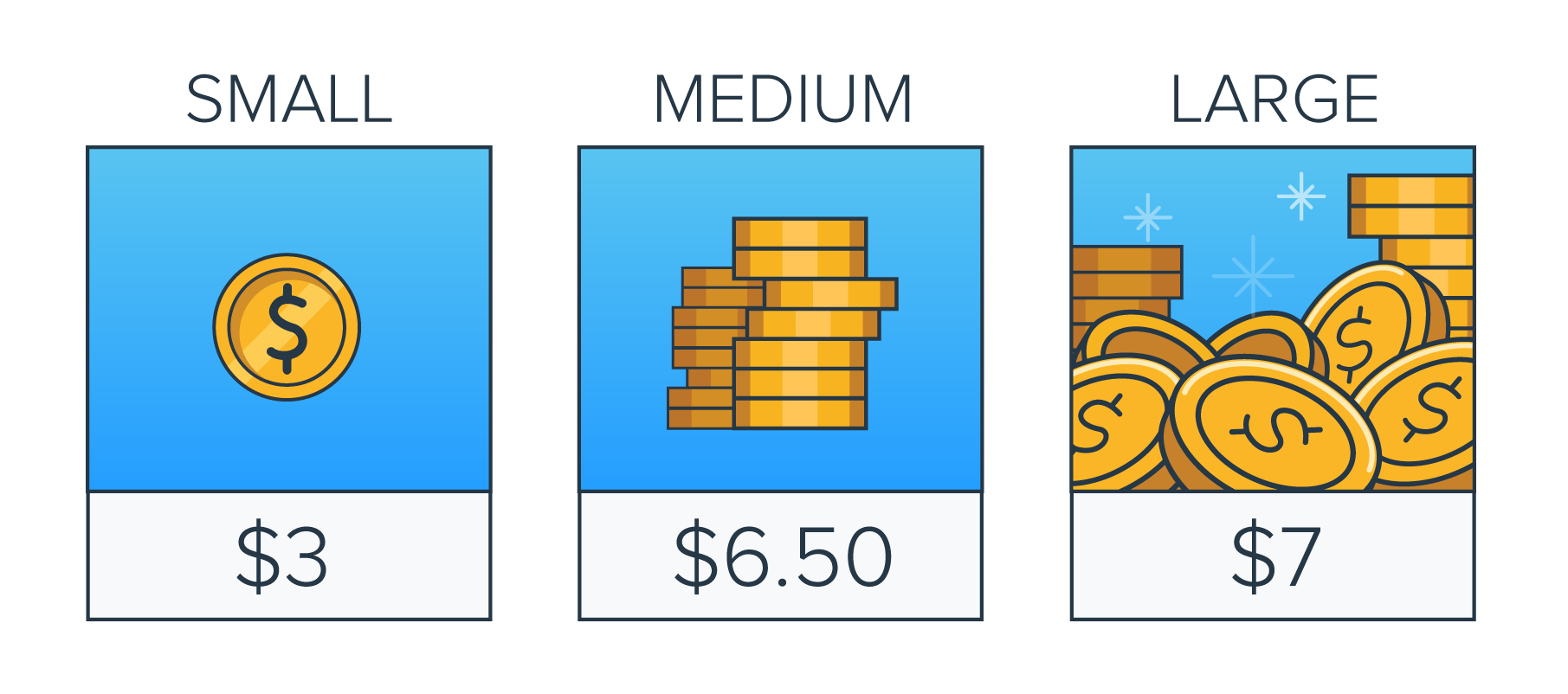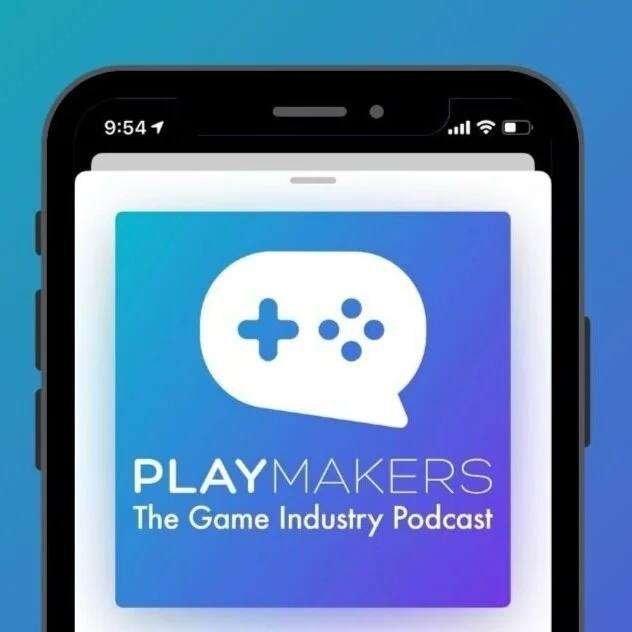There’s no doubt that pricing is one the trickiest parts of designing, optimizing, and growing a mobile F2P game. The biggest mobile games in the world dedicate teams of people to price their in-game purchases to drive maximum revenue.
I get asked for pricing advice all the time, especially from young games that are desperate to start making revenue. But I also often see some fundamental mistakes in big games that could tighten up to expand their revenue and improve player engagement.
Sadly, it’s not possible for me to create a step-by-step here’s-how-to-price your game guide. No one can. How you price your in-game purchases (along with what you should sell) is entirely dependent on your gameplay and your customers.
But I can offer you some general advice that applies to most (if not all) mobile F2P games. In this article, I’ll lay out some critical principles of in-app purchase pricing.
Where to Start
As you know, the effectiveness of any initiative inside your app comes down to testing. Everything can be optimized over time after you’ve collected enough data. The prices of your in-app purchases are no exception.
Nevertheless, you have to start somewhere. When you begin to design an economy for a mobile free-to-play game, your first step is to look at how comparable games and apps price their items. Focus on games that have a history of successful monetization and split-testing.
You don’t have to copy another game’s pricing structure for in-app purchases, but this approach gives you an idea of what other games have learned about the market. “Stand on the shoulders of giants,” as they say.
If you base your prices on other game’s economies, make sure you can reasonably assume that the game designers have tested pricing strategies. Otherwise they might be in the same situation as you.
Conversion Rate or Revenue?
Depending on where you are in your product lifecycle, you may choose to maximize your conversion rate or revenue.
Young games, for instance, typically focus on strategic prices that convert players into customers. It doesn’t matter how much they spend, as long as become comfortable spending money in your game to enhance their experience. This approach dictates high value items (good benefits for their cost).For instance, a young game would introduce powerful upgrades that enhance gameplay or save time.
Older games, however, can maximize revenue with “nice to have” purchases. Cosmetics or an item that turns off in-game ads don’t usually convert more customers, but they’re good ways to draw revenue from an already-engaged user base. As such, you can charge more for them ($10+).
Don’t Play Games
Don’t get tricky with your pricing strategies. Players can tell right away if you try to bait them into spending more. And they won’t just abandon your game. They’ll complain loudly to other players, which will damage your community and your brand.
For instance, you should never…
Charge spenders more just because of how much they’re willing to spend.
List items non-sequentially in your store (pick either ascending or descending).
Change in-game values without notice (e.g. don’t change “diamond pack” from 500 to 200 diamonds without making that clear).
Strive for Simplicity
Free-to-play games should be simple. Players should be able to launch, log in, learn, and play right away, with little lead time. Everything should be intuitive. That applies to pricing as well.
Your goal with IAPs is to complement your players’ game experience. So it's important to design the game experience, and then create items that make that experience better. This is how you create enjoyment and engagement with your game by telling them things they already love
Wherever possible, strive to price your in-app items simply so players can evaluate potential purchases immediately. If a player won’t purchase an in-app item, you want them to make that decision quickly so they can get back to playing. This way there might be another chance in the future to convert them into customers.
Furthermore, resist the temptation to design a comprehensive IAP system all at once. If you build a complex system of power-ups, currency exchanges, and a robust item library, there’s a chance you’ll have to make serious adjustments later after collecting more data. There’s little chance you’ll design the perfect IAP system from the get-go.
Instead, let your IAP evolve over time. Start with a simple system and add new items and features over time as you learn about your players.
A Variety of Prices
Hedge your pricing bets by offering a variety of prices for your in-app purchases. You know plenty of people will buy your $1 items, but what about a $500 item? Ignore your market research for the time being. The only way to know your player’s threshold is to test by actually serving them high priced options.
This is an especially important tip at the beginning of your game’s life when you aren’t exactly sure how much your players are willing to pay. Over time you’ll learn what your players are comfortable paying so you can create more targeted pricing.
According to data by Appbot, there’s a wide variety of price points across mobile games. Don’t be afraid to experiment with your own values!
Pricing System
Beyond setting prices, you can control who sees which price. This allows you to be as broad or as granular as you like. Generally, there are three pricing systems.
1. Static Pricing - Every user pays the same price for in-app items. Users segments or cohorts have no effect on prices.
2. Segmented Pricing - This is the most common form of pricing. Users are segmented into groups based on various characteristics. For instance, users in the United States might see different prices than users in Australia.
3. Dynamic Pricing - This kind of pricing refers to a variety of techniques that customize pricing at the user level. Prices of in-app purchases are made based on data collected on each user, like their engagement with the app, history of previous purchases, etc. This kind of pricing is rare, but it’s used by some of the top F2P apps.
Furthermore, it's also possible to combine systems. For example, you might segment your users in two demographic groups, but then use Dynamic pricing in one of those segments.
Decoy Purchases
You’ll want to experiment with decoy purchases as well. The decoy effect is a well known phenomenon where customers’ preferences between two options changed when they’re presented with a third, asymmetrically dominated option.
Basically, that just means you can steer your players toward higher priced items by offering a really expensive item you don’t expect them to buy.
Some people just won’t buy your most expensive items simply because they’re the most expensive. They’ll immediately discount the high end stuff. By introducing decoy items you know they won’t buy, you can encourage them to consider the mid-tier purchases (which were the expensive stuff before the decoy).
In that image, the $7 currency purchase is the decoy item. It only serves to make the $6.50 purchase seem more reasonable so users won’t discount it.
You Won’t Get it Right on Day 1
Like everything else, pricing is an iterative process. It’s something you’ll tweak and experiment with throughout the lifespan of your game. Don’t expect to get it right on launch day.
But if you keep these principles in mind, you’ll put yourself in a great position to generate as much revenue from your in-app purchase items as possible.
Looking for more insight? Listen to Playmakers - The Game Industry Podcast
Practical interviews with the legends and leaders in the game industry




